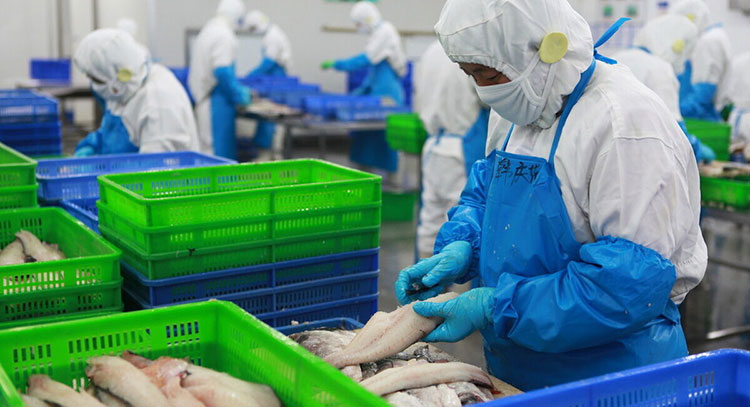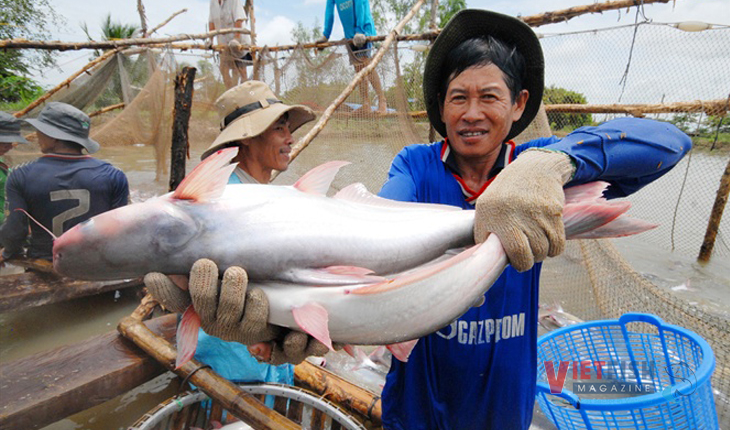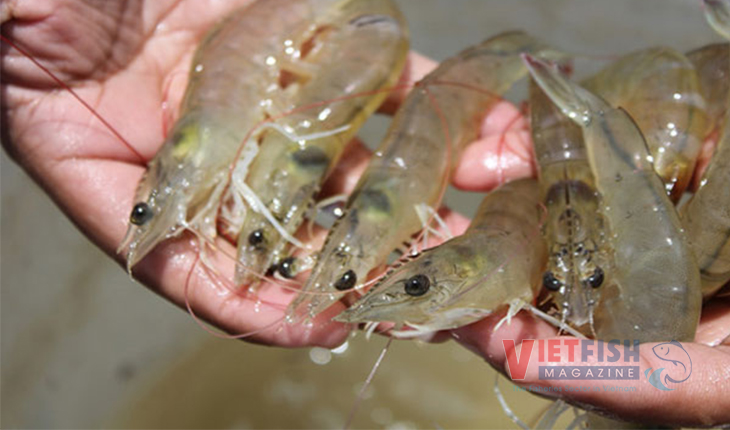China remains target market for Vietnamese seafood
VASEP believes that Vietnam's seafood export prospects to China in 2025 remain promising, driven by strong demand in this market.
High demand for fresh and premium seafood
At the 2025 Online Conference on Promoting Agricultural, Forestry, and Aquatic Exports, held in late 2024, Nong Duc Lai, Vietnam’s Trade Counselor in China, highlighted China’s significance as a key export market for many of Vietnam’s agricultural and aquatic products.
China is one of Vietnam’s top three seafood export markets, with key items include shrimp, pangasius, dried fish, frozen fish, squid, crab, surimi, and tuna. Truong Dinh Hoe, Secretary General of the Vietnam Association of Seafood Exporters and Producers (VASEP), predicts strong growth in seafood exports to China, with turnover expected to reach USD 1.9 billion in 2024.

Despite fluctuations in certain products due to trade dynamics between China and other major countries, such as the decline in Vietnam’s pangasius exports to China, exports of white-leg shrimp, lobsters, crabs, and snails have significantly increased. This highlights the continued high demand in China, which plays a crucial role in the industry’s overall export value of USD 10 billion,” Hoe added.
Hoe predicts that Vietnam’s seafood export opportunities to China will remain significant in 2025, driven by strong demand, particularly for live and high-end products.
He also forecasts a decline in seafood trade between China and the United States due to new U.S. tariffs and the risk of Chinese retaliation, creating an opportunity for Vietnam to expand its exports to China, including lobster, crab, snail, clam, and live seafood.
Boosting supply capability with modern distribution channels
The Vietnamese Trade Counselor in China, Nong Duc Lai, reported that seafood is one of the most commonly flagged products in the Chinese market due to issues with certification, documentation, food additives, labeling, quality standards, and expiration dates.
Lai recommended that authorities enhance the management and oversight of export quality. He also suggested regularly updating and sharing information with businesses on regulations, quality standards, and food safety requirements of importing countries. Businesses must comply with the importing country’s standards on quality, testing, quarantine, packaging, and traceability. Emphasis should also be placed on building strong brands. Skilled personnel who are knowledgeable, fluent in the language, and familiar with the target market are crucial. Additionally, businesses must be prepared to compete with other countries’ agricultural and food exports to China.
Hoe suggests that to better penetrate the Chinese market, Vietnamese seafood companies must improve product quality, comply with export regulations, and strengthen their supply capabilities, particularly through modern distribution channels like e-commerce.
VFM






